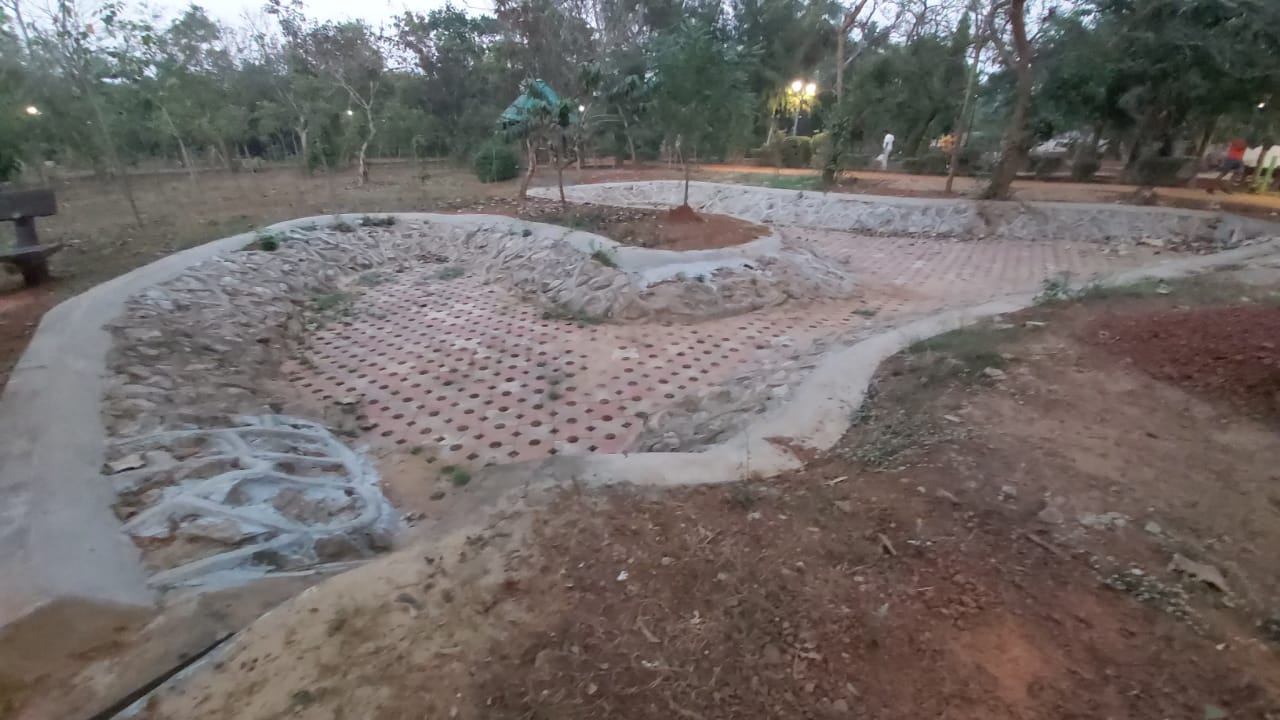Forest Park, First Bhubaneswar Park To Have Rain Water Harvest System

Bhubaneswar: In a bid to save water and recharge groundwater, Bhubaneswar Development Authority (BDA) has constructed a rain water harvesting system in Biju Patnaik Park, popularly known as Forest Park.
It is the first-of-its-kind system in a park in the city and is expected to greatly reduce water-logging and flooding by making sure the rainwater goes into the ground quickly. This will also help recharge groundwater level.
The RWH structure is a land-based system having nine recharge pits at appropriate locations inside the 22-acre park.
The recharge pits are 1.5m wide and 1.5m deep and will capture surface rainwater runoff. The water is filtered before going into the recharge well.
The water can also be drawn during summer for irrigating the park. The cost of the system is Rs 11 lakh.

“The purpose of putting up rainwater harvesting structures in parks is to recharge the ground water. Usually, a huge quantity of rainwater goes into drains and wasted. With little planning and expenditure, we can easily stop the waste of this precious resource and use it for recharging the ground water on a massive scale,” said BDA’s Chief Engineer-cum-Engineer Member Rajendra Kumar Nayak.
BDA is planning to construct RWH structures in around 32 parks across the city.
“If we undertake rainwater harvesting in every park, we can replenish ground water on a massive scale. For each square metre of area, we can collect about 1,000 litre of water per year. A park of 200 square metre area can conserve 2 lakh litre of water every year,” Nayak said.
Rain water harvesting at parks will help educate children about the benefits of saving and capturing rain water. It will also prevent flash floods in urban areas by avoiding inundation.
A rainwater harvesting system consists of the following components:
1. Catchment from where water is captured and stored or recharged
2. Conveyance system that carries the water harvested from the catchment to the storage/recharge zone
3. First flush that is used to flush out the first spell of rain
4. Filter used to remove pollutants
5. Storage tanks and/or various recharge structures/pits

Comments are closed.